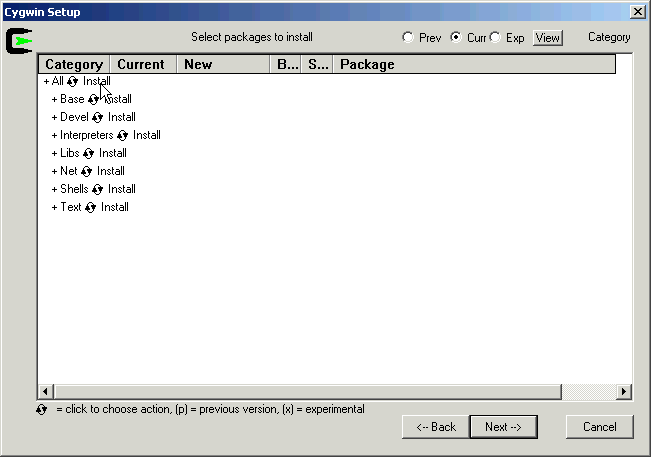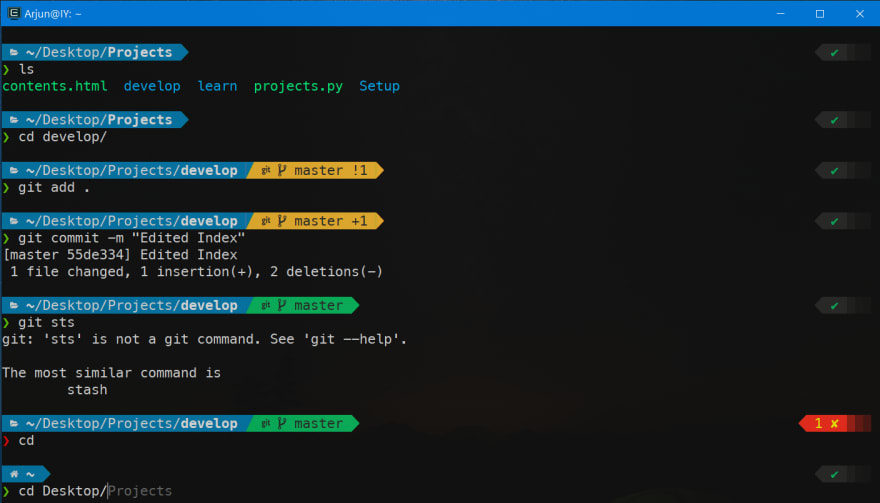
- Cygwin/Bash Command Reference File Commands ls – directory listing ls -al – formatted listing with hidden files cd dir - change directory to dir cd – change to home pwd – show current directory mkdir dir – create a directory dir rm file – delete file rm -r dir – delete directory dir rm -f file – force remove file rm -rf dir – force remove directory dir.
- Darwin is an open-source Unix-like operating system first released by Apple Inc. It is composed of code developed by Apple, as well as code derived from NeXTSTEP, BSD, Mach, and other free software projects.
- Download setup.exe from Cygwin and select irssi during the package selection step. To start irssi, open MinTTY (link should be on your Desktop) and type irssi.
Cygwin Mac Iso
In the Emacs menu, select Options -> C-x/C-c/C-v Cut and Paste (CUA) and Options->Save Options. That changes the cut/copy/paste commands to the familiar Ctrl-X/Ctrl-C/Ctrl-V.
Cygwin/Bash Command Reference File Commands ls – directory listing ls -al – formatted listing with hidden files cd dir - change directory to dir cd – change to home pwd – show current directory mkdir dir – create a directory dir rm file – delete file rm -r dir – delete directory dir rm -f file – force remove file.
Cygwin Free Download
Now select File -> Open File... from the menu and select the file named .emacs. Note the period (.) before the filename.
If there is no such file, hit the following key combination instead:
That is, hold down Control and X, let go of X but not of Control, type F, let go of both, then type the eight characters ~/.emacs and then hit the Enter key. (If you already have a ~/ after hitting [Control-X][Control-F], you can just enter the six characters .emacs and then Enter.)
At the end, add the following line:

Just paste it in with Ctrl+V.

Select Emacs-Lisp -> Evaluate Buffer from the menu. Then Select File -> Save.
Now select File -> Visit New File... from the menu and type in .bash_profile into the file dialog. (If the file exists, just select it.) Note the period (.) before the filename.
Add the following lines:
Again, xy.z is the Emacs version number. Paste in the commands and fix up the xy.z
Save the file and close the shell. From now on, you can simply start Emacs with